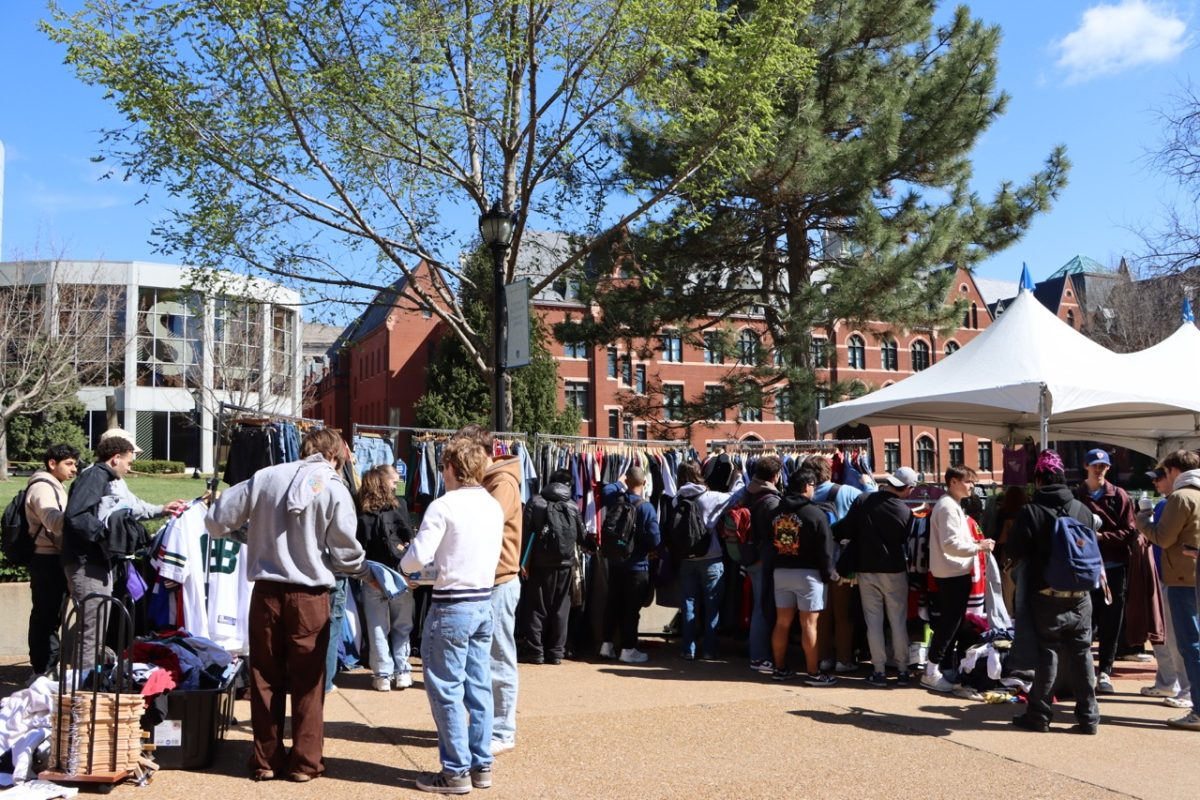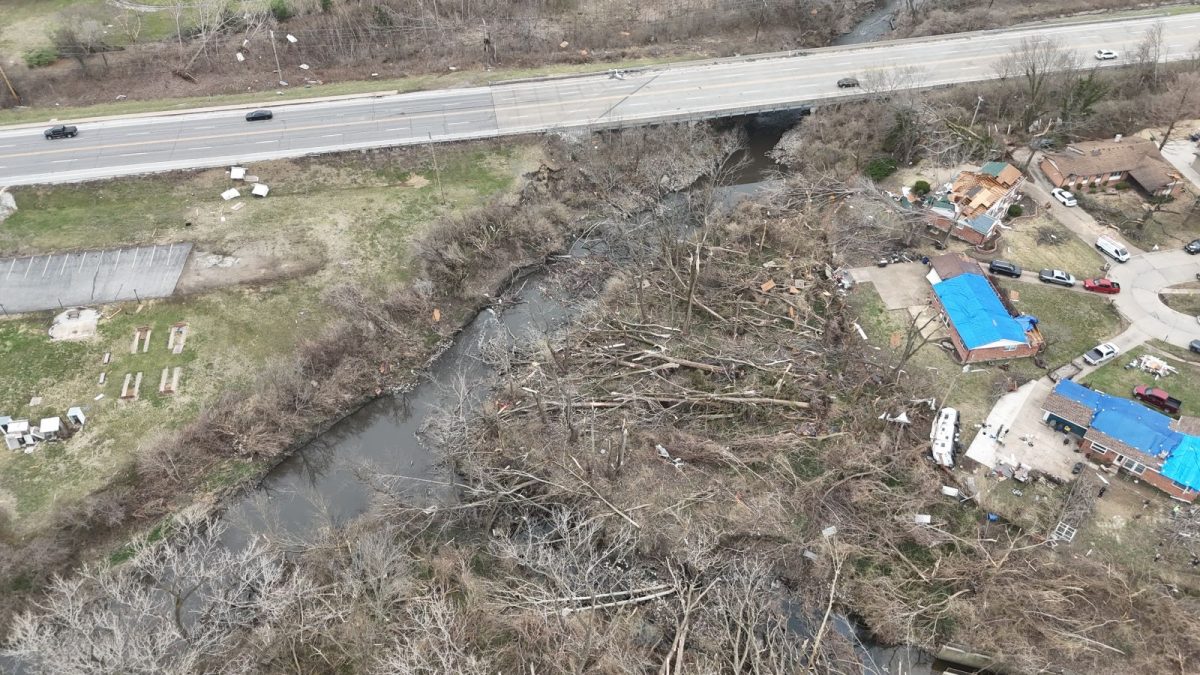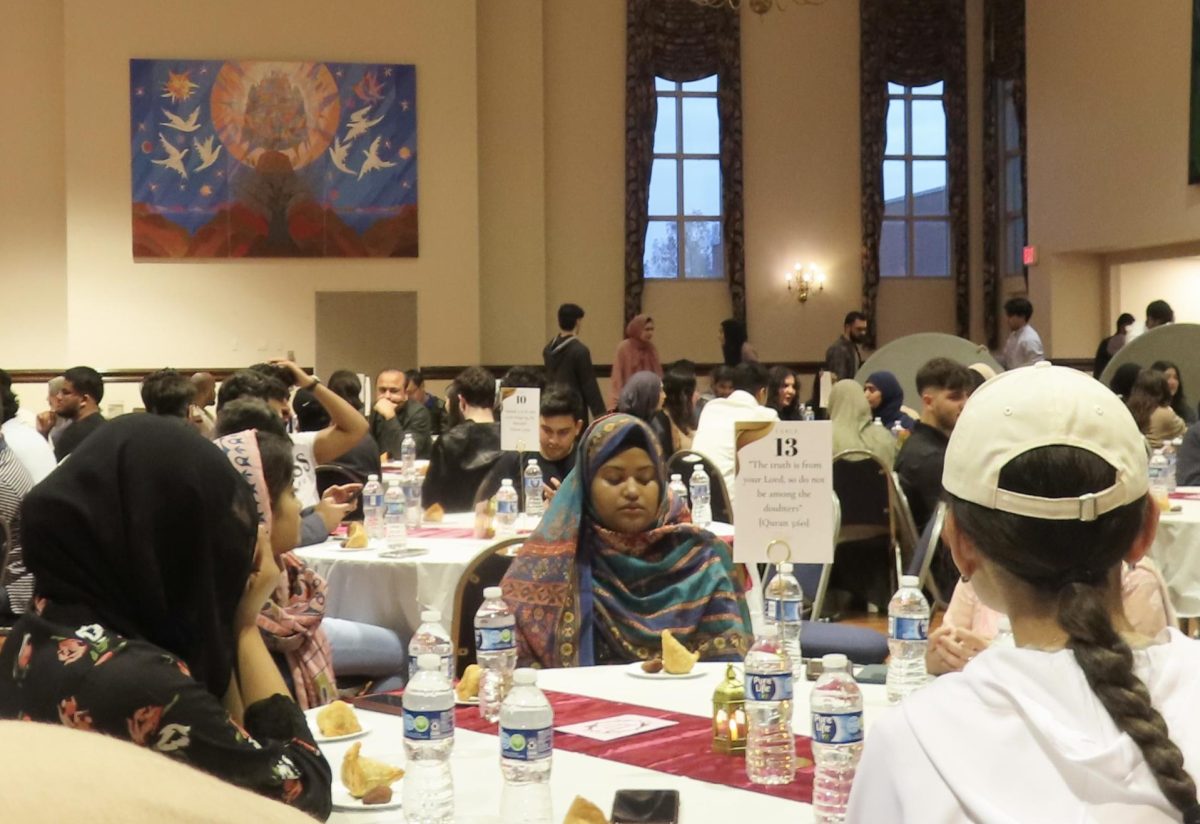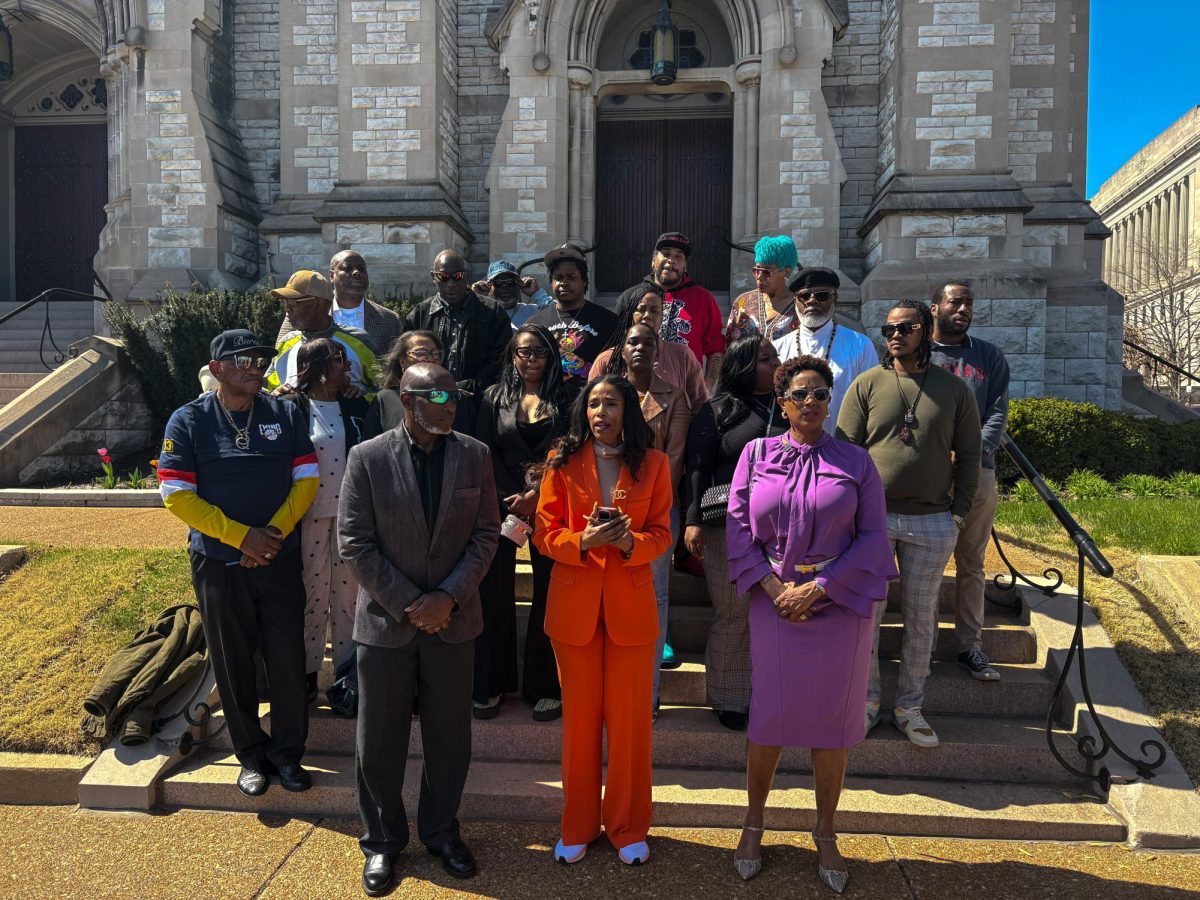Saint Louis University played host Friday to a statewide avian flu pandemic conference organized by the Missouri Department of Health and Senior Services, where public health officials joined business and community leaders in addressing Missouri’s preparedness in the face of a potential worldwide bird flu epidemic.
Gov. Matt Blunt and U.S. Department of Health and Human Services Deputy Secretary Alex Azar signed a resolution that committed resources from the state and federal governments to preparedness efforts.
Azar said at the conference that the federal government has committed $4 billion to prepare for a possible pandemic. As part of the resolution signed Thursday, Health and Human Services granted almost $1.9 million to Missouri’s pandemic planning.
“Today’s summit exemplifies the cooperation and coordination we would require if faced with an influenza pandemic,” Blunt said. “I am encouraged that today we are laying the foundation and solidifying partnerships to better protect Missouri’s citizens. Every level of government, every level of emergency responders, and every health care institution and agency must be prepared to work together to form an effective response.”
Azar’s comments echoed the importance of cooperation on all levels in preparation for a pandemic.
“Pandemics are global in nature, but their effects are always local, so I am pleased that Governor Blunt is taking a leadership role to prepare Missouri for this threat,” Azar said. “Pandemic planning needs to address how schools, businesses, public agencies, faith-based organizations and others participate in pandemic preparedness. With this meeting, local officials can identify needs specific to Missouri communities and begin crucial coordination to assure readiness.”
The event, held throughout the conference rooms of the Busch Student Center, drew about 350 people. Guests included first responders such as firefighters and police officers, as well as businesspeople and educators, healthcare providers, volunteer agencies, policymakers and state and local government staff members.
The conference “brought together schools, businesses and public agencies that would play a key role in preparedness and response to an influenza pandemic,” said Mary Kay Hager of the Department of Health and Senior Services’ Center for Emergency Response and Terrorism. “It brought together those entities and emphasized the cooperation and coordination that would need to be in place.”
The morning sessions provided an overview from federal, state and local officials, and the afternoon breakout sessions provided participants with opportunities to participate in subcommittee meetings.
“We wanted to hear . how we can better coordinate and ask for input as we continue preparing our pandemic influenza plan,” Hager said.
The topics for the 12 breakout sessions included public communication, vaccine and antiviral preparations and continuity of business, government and life.
Hager said that SLU was a commendable host not only because of the BSC’s ability to accommodate a large conference, but also because SLU includes departments that are crucial in planning for and responding to a pandemic: the School of Public Health and the Institute for Biosecurity.
Three flu pandemics have occurred in the last 100 years, in 1918, 1957 and 1968. The 1918 pandemic, which was caused by a mutated avian virus, resulted in almost 40 million deaths worldwide and 500,000 deaths in the United States, according to facts cited in the St. Louis Post-Dispatch.
Officials worry that the new strain of avian flu that has been spreading in Asia and Eastern Europe will mutate and become transmittable from person-to-person, resulting in a worldwide outbreak with the potential to infect and kill millions of people.
Categories:
SLU hosts avian flu talks
Annie Boken
•
March 2, 2006
0
Donate to The University News
$2185
$5000
Contributed
Our Goal
Your donation will support the student journalists of Saint Louis University.
More to Discover









